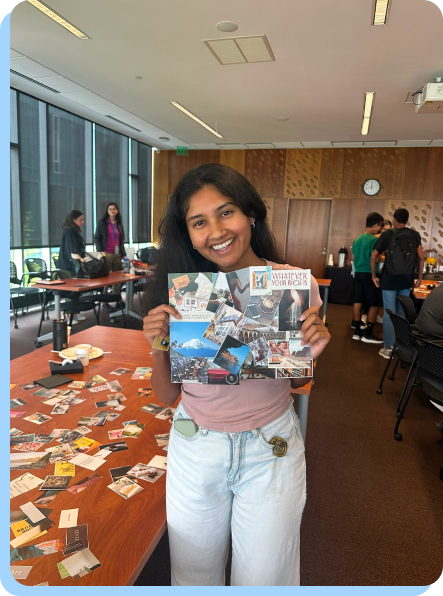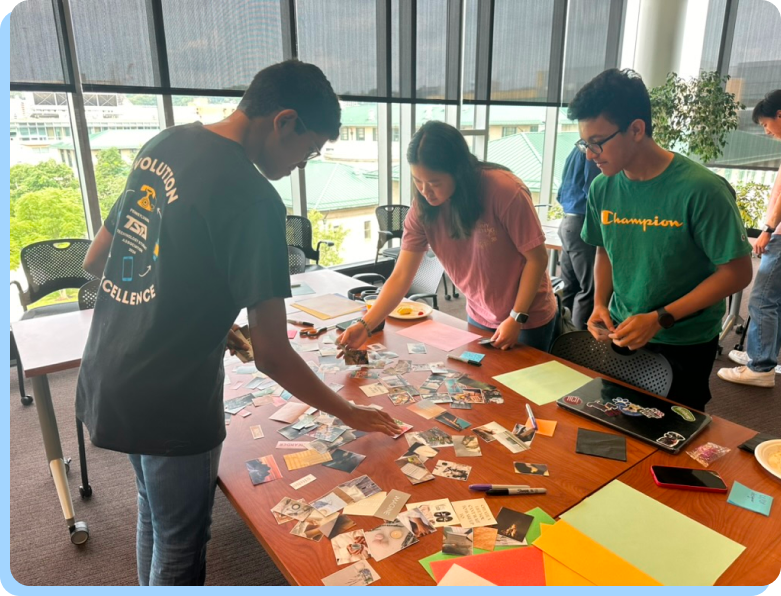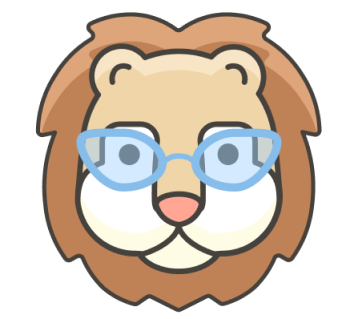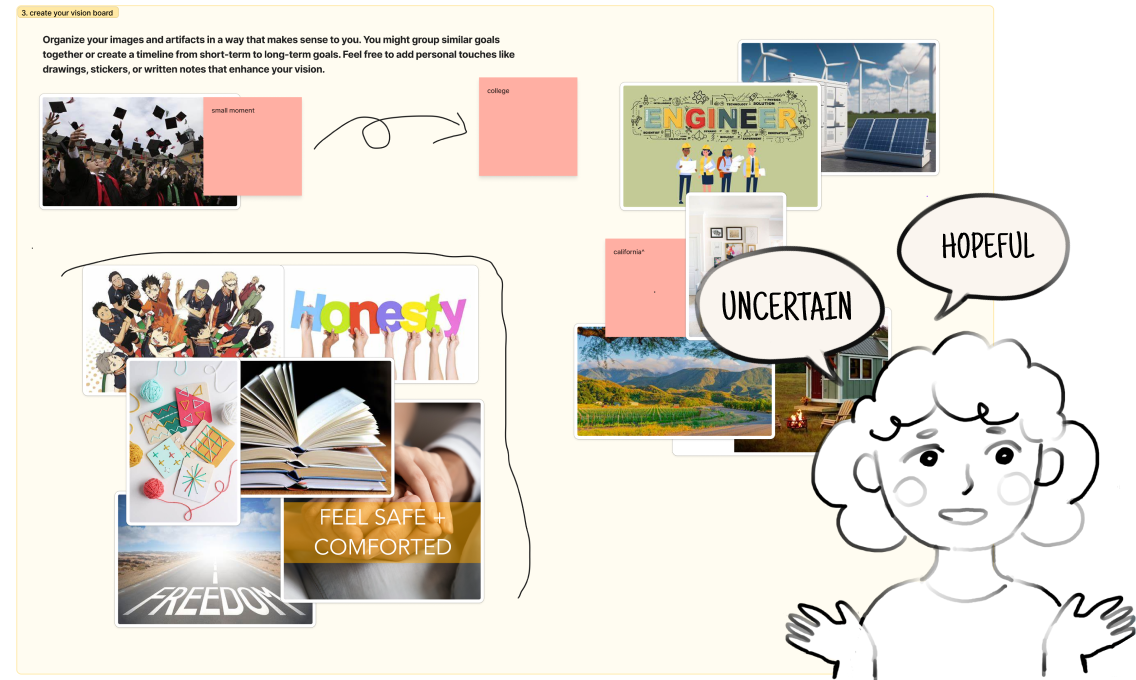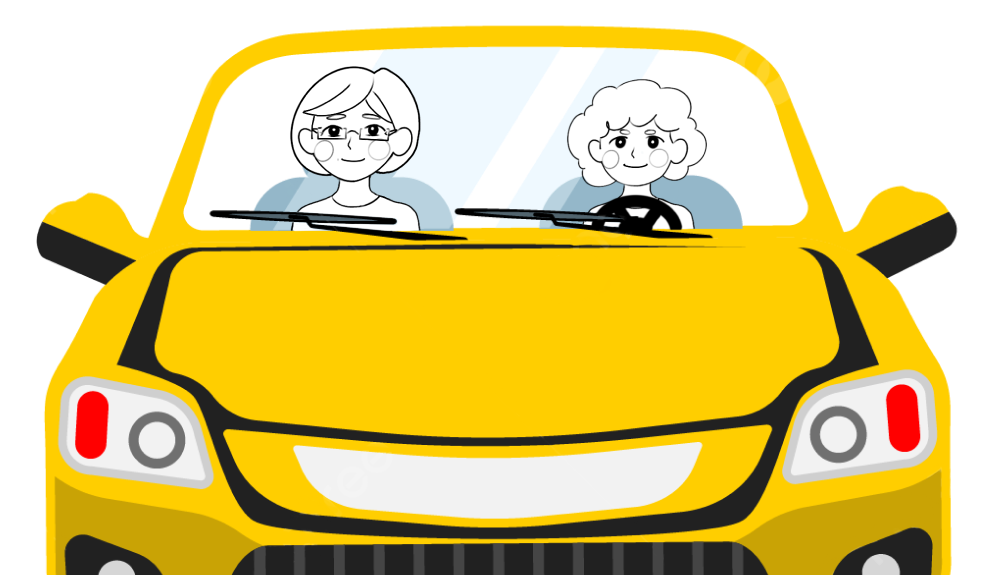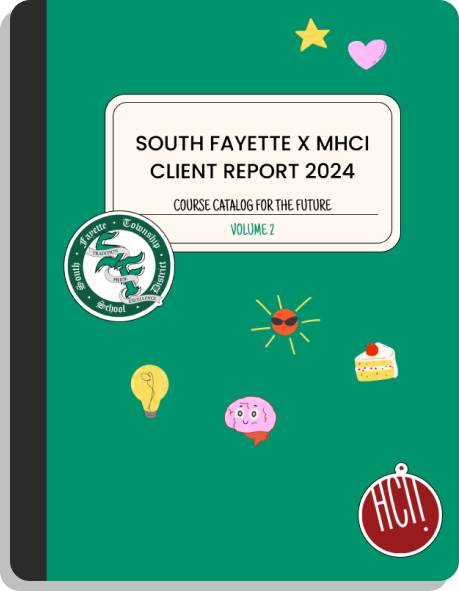A SOLUTION THAT SPANS FROM DIGITAL TO PHYSICAL
Our solution is highly flexible, allowing educators to easily engage with a low-tech version that centers around our structured guidance across 5 question areas. These questions encourage genuine self-reflection and can be used in physical vision boarding activities, making it accessible and adaptable for various educational environments.
THE POWER OF VISION
A vision is a vivid, picture-like mental representation of a desirable, long-term future state.

Evoked vision, which is different from merely thinking of a goal, fosters enhanced motivation, performance, and readiness for change. Furthermore, visions become more meaningful when they reflect an individual's values and identity, which reinforces commitment and progress toward a goal.
Julian Voigt, Kennon M. Sheldon, Hugo M. Kehr. When visions truly inspire: The moderating role of self-concordance in boosting positive affect, goal commitment, and goal progress. Journal of Research in Personality, Volume 109, 2024.
Vision boards are a flexible and creative method to help adolescents articulate their goals and aspirations through visual media. They are particularly useful for those from low socioeconomic status backgrounds who may face barriers to career possibilities.
Vision boards can help counselors support students' career and college readiness by promoting self-reflection and identity exploration.
Julian Voigt, Kennon M. Sheldon, Hugo M. Kehr. When visions truly inspire: The moderating role of self-concordance in boosting positive affect, goal commitment, and goal progress. Journal of Research in Personality, Volume 109, 2024.


